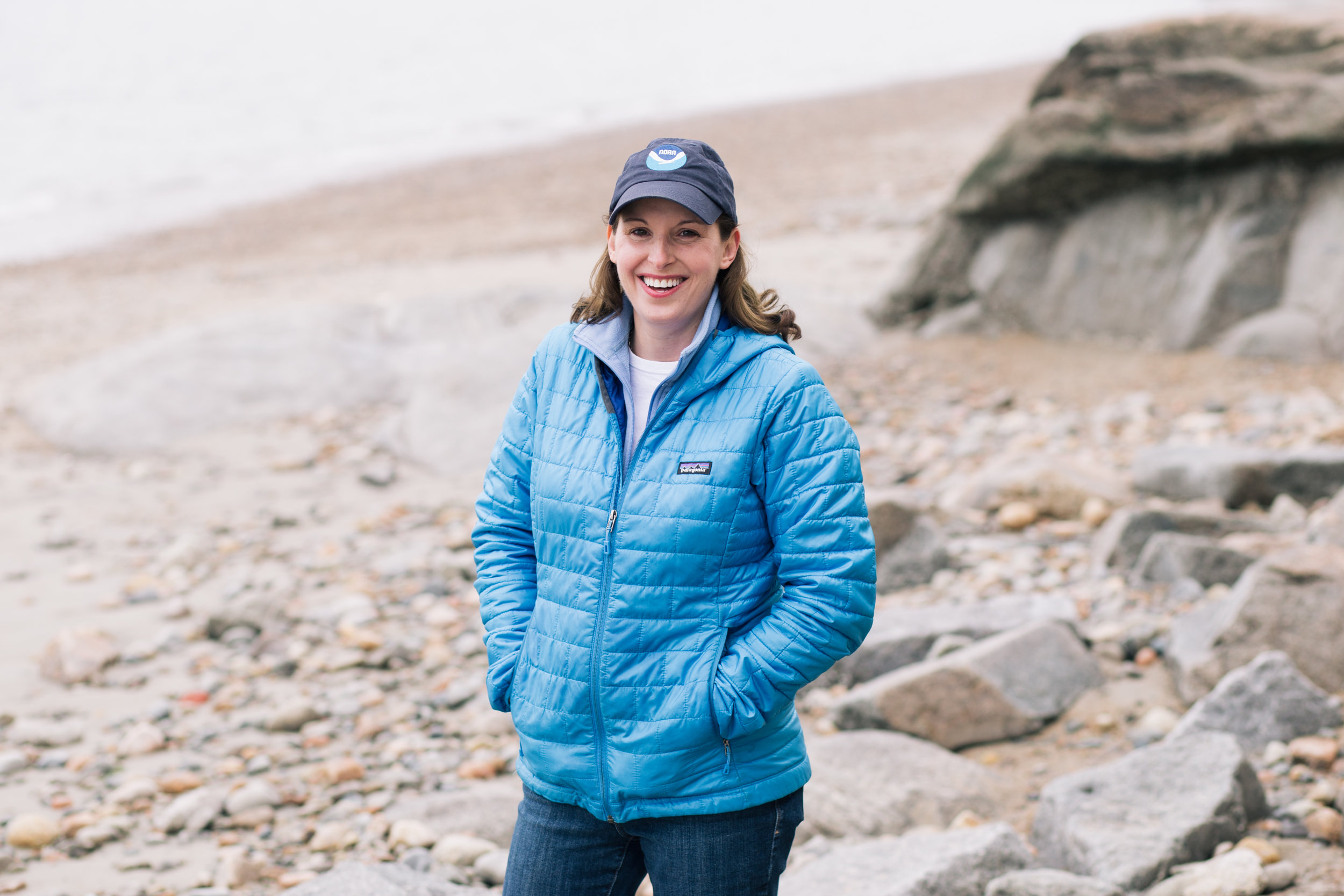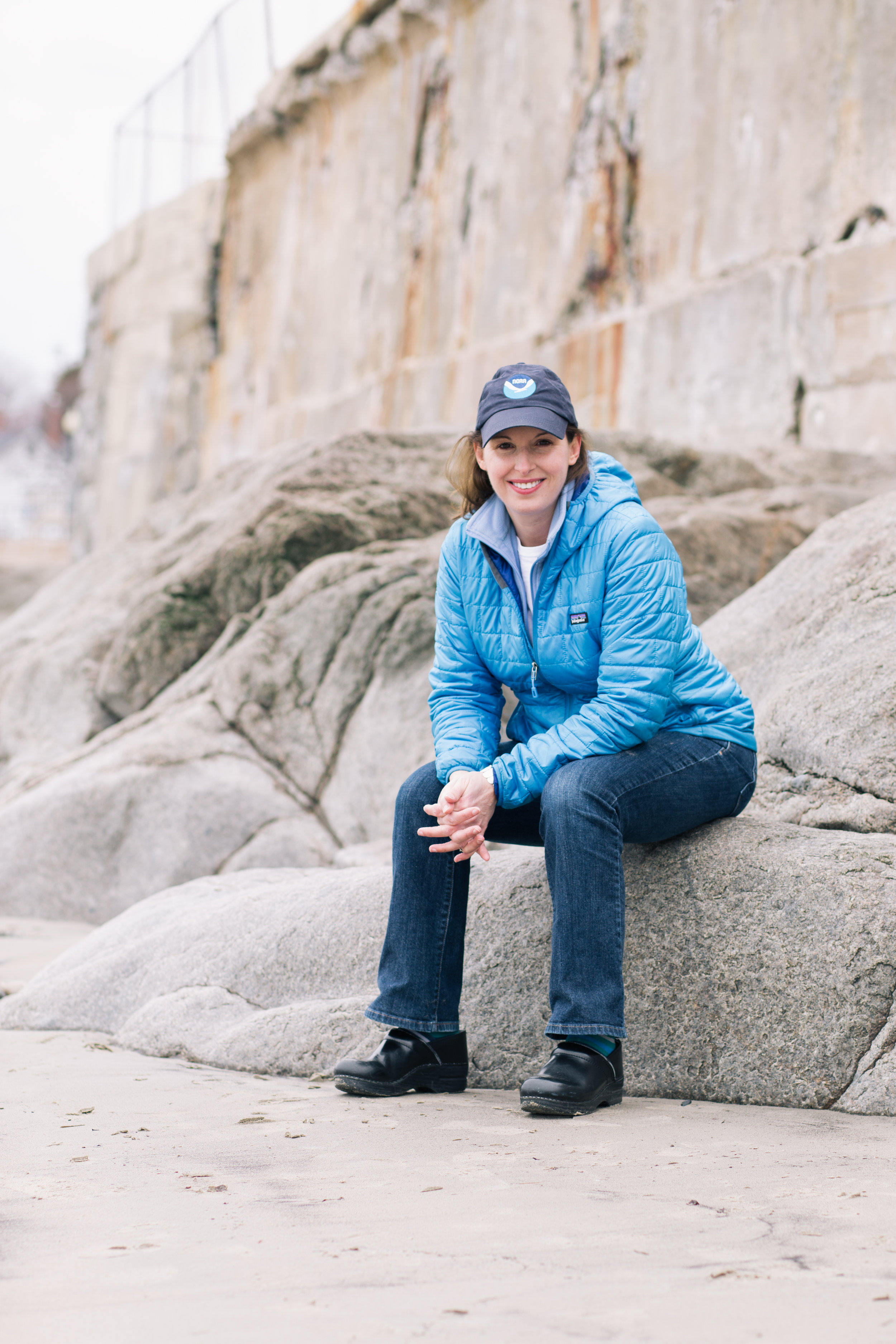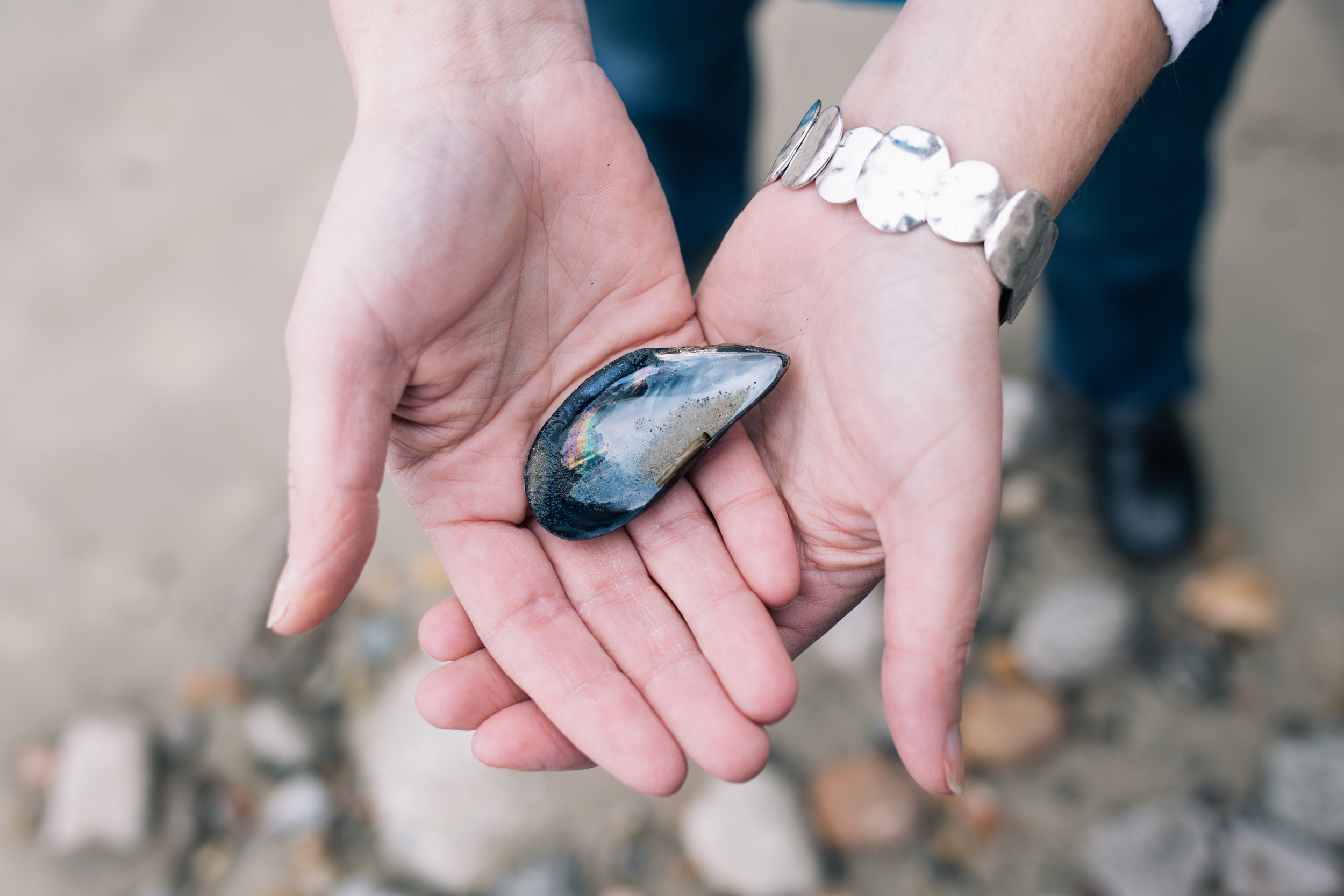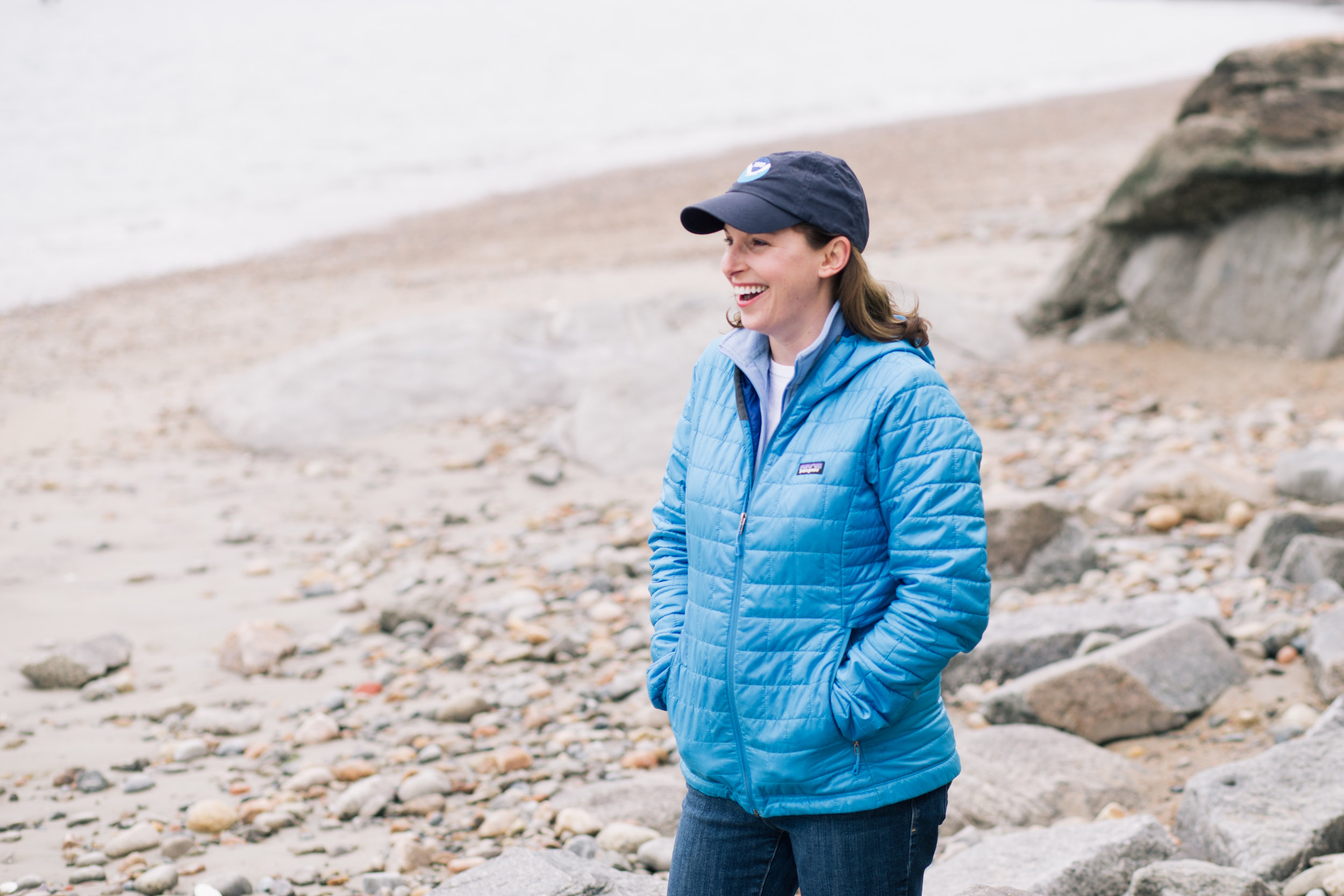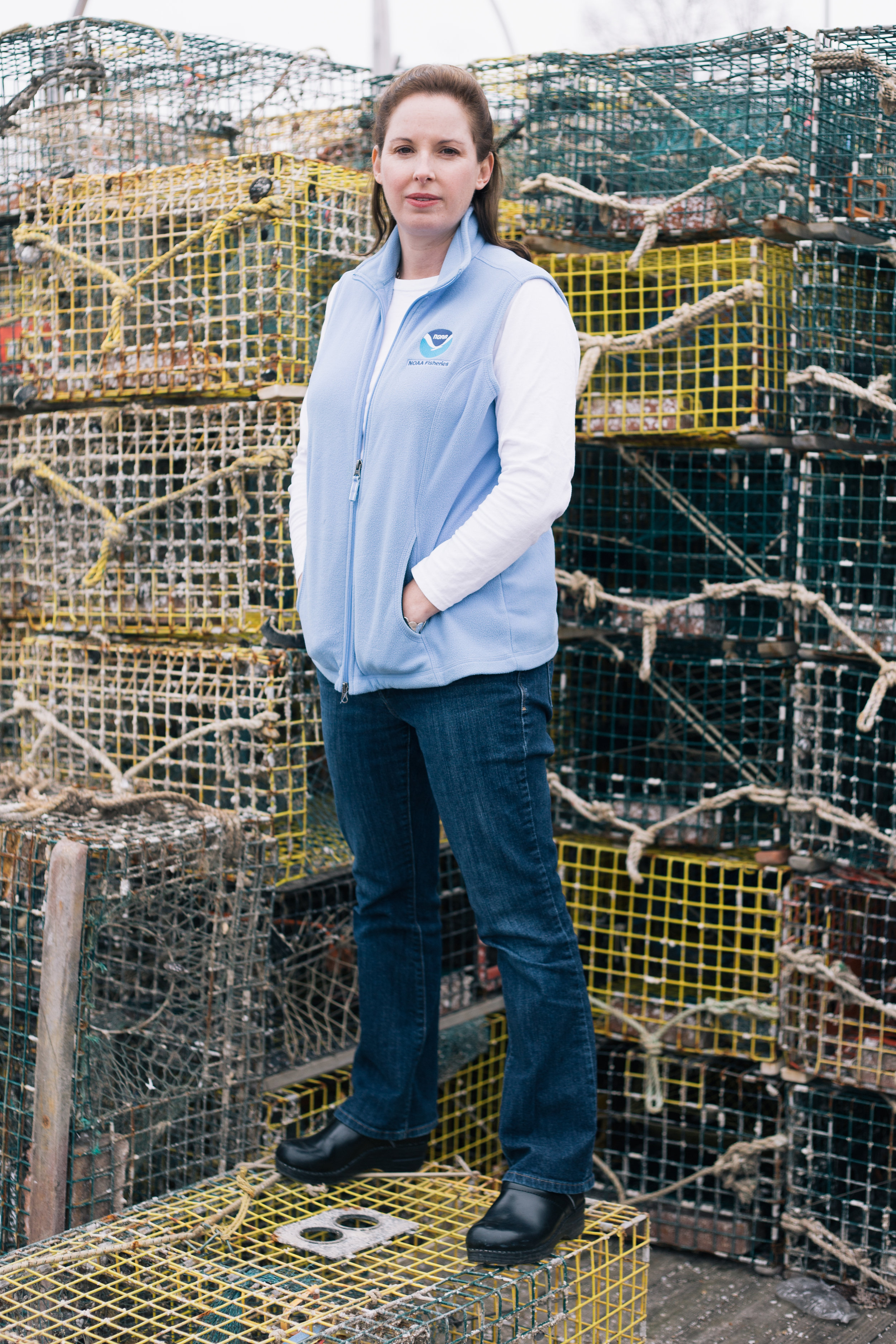“I have been an avid fisherwoman and scuba diver for many years. After receiving my masters’ degree, my first job was helping address the listing of an endangered species (Chinook Salmon) under the Endangered Species Act. It was the first time that a major metropolitan area (Seattle) had to address such a listing, and it was very interesting work that involved a wide variety of stakeholders that ranged from fishermen to farmers, to Native American tribes. I now work for the National Oceanic and Atmospheric Administration’s National Marine Fisheries Service, which is the federal agency that manages commercial and recreational fishing in federal waters (3-200 miles off shore). There, I coordinate communications with the commercial and recreational fishing industries to make sure that they have the most up to date information (where, when, what, how and how much they can harvest throughout the year) to fish in compliance.
This work is important to me because it promotes the protection and sustainability of fish, marine mammals and ocean habitat in our regional waters. I feel good about encouraging marine stewardship while enabling others to provide low fat, high protein seafood to consumers near and far. However, it is challenging to balance the needs of the many users of our sea, who include fishermen, boaters, whale watchers, aquaculturists, shipping industries, and families. For example, in the fall of 2012, the Department of Commerce declared a federal fishery disaster since catch quotas were reduced on nine stocks of cod, haddock, and flounder that were an important part of fishermen’s revenue streams. The cuts were necessary to enable these stocks to reach sustainable levels. It was a difficult time for fishermen, and we took steps, like implementing an increase in quota for healthier stocks such as redfish, white hake, and pollock, to help mitigate impacts and maintain the long-standing culture of fishing in our local communities. Finding ways to support both communities and environmental health often requires hard decisions, but ultimately, we want our kids and future generations to use and enjoy a healthy marine environment.
The ocean is a diverse and beautiful environment and I enjoy learning new things about it that I can share with others. For instance, did you know that an octopus has three hearts, nine brains, and blue blood? Two hearts pump blood to the gills, while a third circulates it to the rest of the body. The nervous system includes a central brain and a small “brain” at the base of each tentacle which control movement. Amazing!”
Olivia Rugo is the Fisheries Outreach Coordinator for NOAA Fisheries

